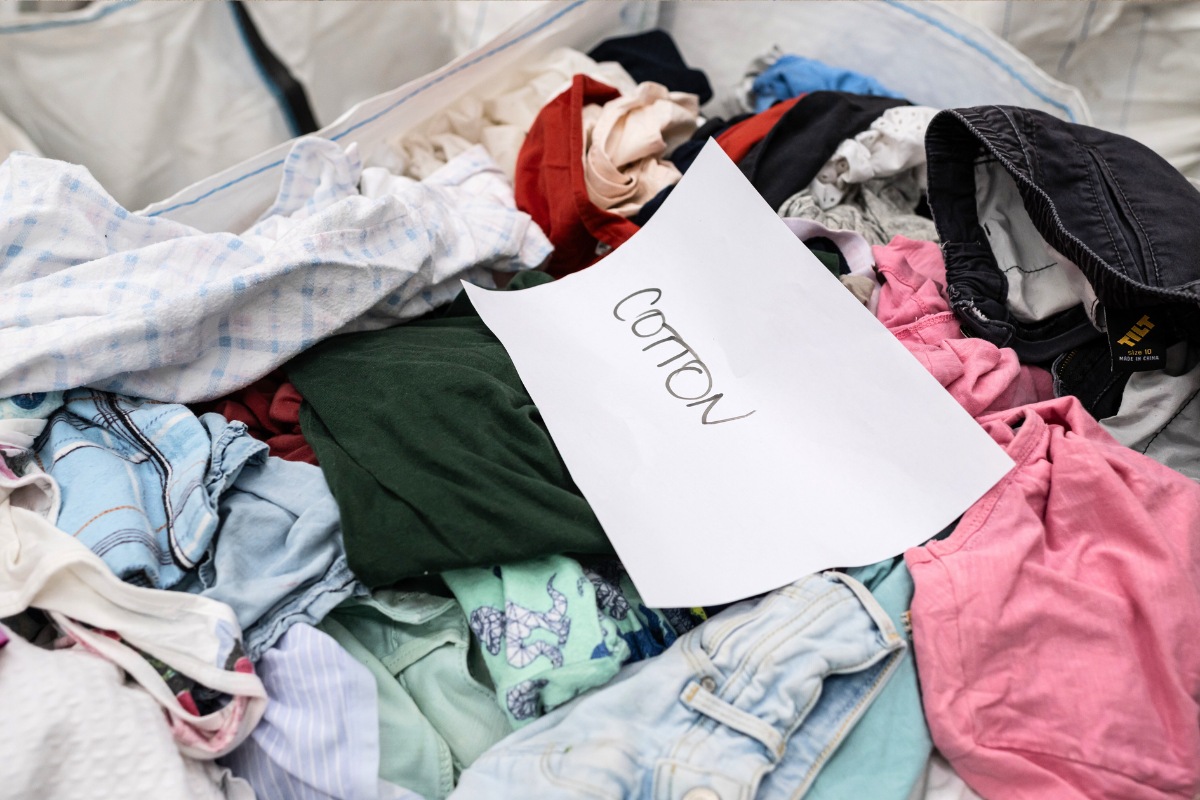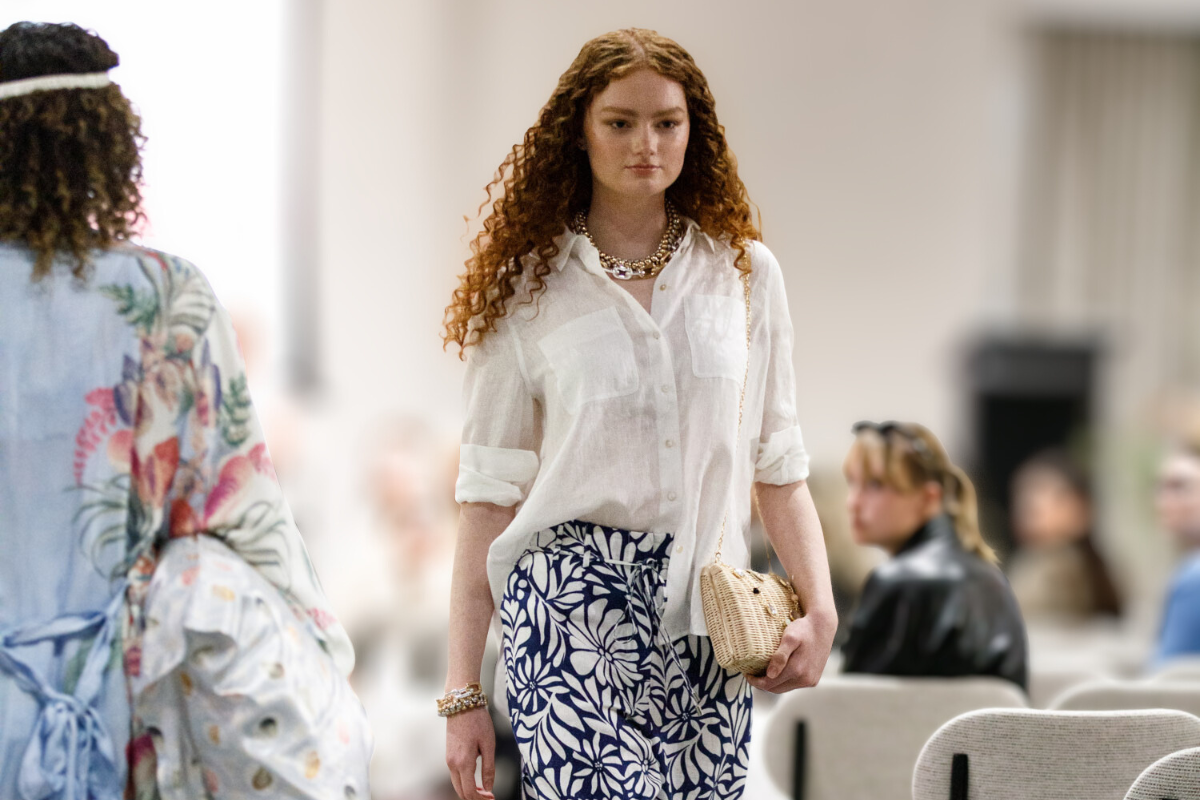Seamless is on a mission to achieve a circular clothing economy in Australia by 2030. Achieving this means rethinking how we design, enjoy and recirculate our clothes to drastically reduce landfill.
What is Seamless and how are we bringing our mission to life? Discover our purpose, our priorities and why we're excited about the future of the clothing industry in Australia.
What is Seamless?
Seamless is Australia’s first clothing product stewardship scheme and the world’s first circular product stewardship scheme.
What’s a product stewardship scheme? It’s a scheme that recognises that the businesses who place products on the market are responsible for the entire life of that product - from design, through to reuse, recycling and end of life. We already have many stewardship schemes in Australia including ‘Mobile Muster’ which addresses mobile phone waste, ‘Cartridges 4 Planet Ark’, which is a national scheme for printer cartridges and many other schemes from plastics, containers and mattresses through to tyres, batteries and oil.
Seamless works with clothing brands and industry stakeholders to help people choose, enjoy and recycle their clothes more responsibly. To make that happen we need to build a national clothing system by 2030 that is easy to understand, convenient and free for every Australian, as Seamless is for everyone.
How is Seamless bringing their mission to life?
Seamless is on a mission to transform the way we choose, enjoy and recycle clothing in Australia to significantly reduce the 220,000 tonnes of clothing that ends up in Australian landfill each year.
Seamless is not only Australia’s first product stewardship scheme for clothes, it’s also the world’s first circular product stewardship scheme. What sets us apart from other programs internationally is that our focus isn’t just on what happens to clothes when we choose not to wear them any more – it extends right across the clothing lifecycle. We know this is the way of the future, and many similar programs are also looking at how products are designed before being placed on the market.
The clothing brands and retailers who join Seamless are responsible leaders, and their contributions fund the scheme. These contributions, collected as a per garment levy, fund four priorities, which are:
- Circular clothing design so clothes are more durable and recyclable
- Circular business models such as clothing rental, resale and repair
- Closing the loop, to ensure effective clothing collection, sorting and recycling
- Education campaigns to help Australians choose clothes more purposefully, enjoy them for longer and reuse or recycle them with care.
What is clothing circularity and why is it important?
Currently, the majority of the clothing industry in Australia follows a linear model, of take, make and dispose. Clothing circularity will be achieved when we start to value the investment in our clothes through how we choose, wear, share and care for them. The clothing lifecycle then becomes circular, and follows a reduce, reuse, recycle model.
Our mission is to work collaboratively with every clothing brand and retailer, as well as government and the wider industry on the transformation towards a circular clothing economy in Australia by 2030. This will not only create exciting new business and employment opportunities, but it will prioritise nature by ensuring we significantly reduce the 880 million items of clothes (220,000 tonnes) of clothing we send to landfill in Australia each year – that’s the equivalent of 44,400 adult African elephants!
How can individuals support circularity?
We can all support circularity by being more thoughtful when choosing our clothes and extending their life.
More than ever, we’re renting, selling, swapping and sharing our clothes with more second hand clothes entering our wardrobes – there are some great bargains to be had! So, if the school formal or work dinner is coming up, consider renting your suit or dress. And when buying that new jacket or pair of pants, ask yourself whether it will go with other pieces in your wardrobe. Do you already own something similar? Is it durable and good quality? Is it something you will wear for years to come? Is it from a responsible brand – are they a Seamless member?
You can also think about the clothes you already have in your wardrobe. Are any in need of repair to ensure you can keep wearing them, perhaps by fixing a button or hem? Are you washing them too frequently? And if you own clothes in good condition that you don’t wear anymore - can you swap them? Sell them? Rent them?
Or can you take clothes to your local op shop for someone else to enjoy? When your favourite t-shirt just can’t be worn another day, can you use it as a rag or get it to a clothing recycler?
Clothing circularity doesn’t mean we need to stop buying or wearing the clothes we love, we just need to be more thoughtful in how we choose, enjoy and recirculate our clothes. And we can all do that every day.
What’s exciting about the future of the Australian clothing industry?
The organisations that have joined Seamless since we began on 1 July 2024 have been unwavering in the need to work collaboratively to solve our shared clothing waste problem. The scale of the challenge is immense, and it won’t be solved by any organisation or even government working alone. We must join forces.
The Australian clothing sector is pragmatic and highly creative, we have the innovation we need to transform, and we need to build that as our industry culture. Our priorities are clear – so we have clarity. Our Seamless members are led by optimistic, ambitious executives and founders – so we have courage. Now we need to build momentum with a groundswell of responsible organisations prepared to lead the way alongside Seamless members.

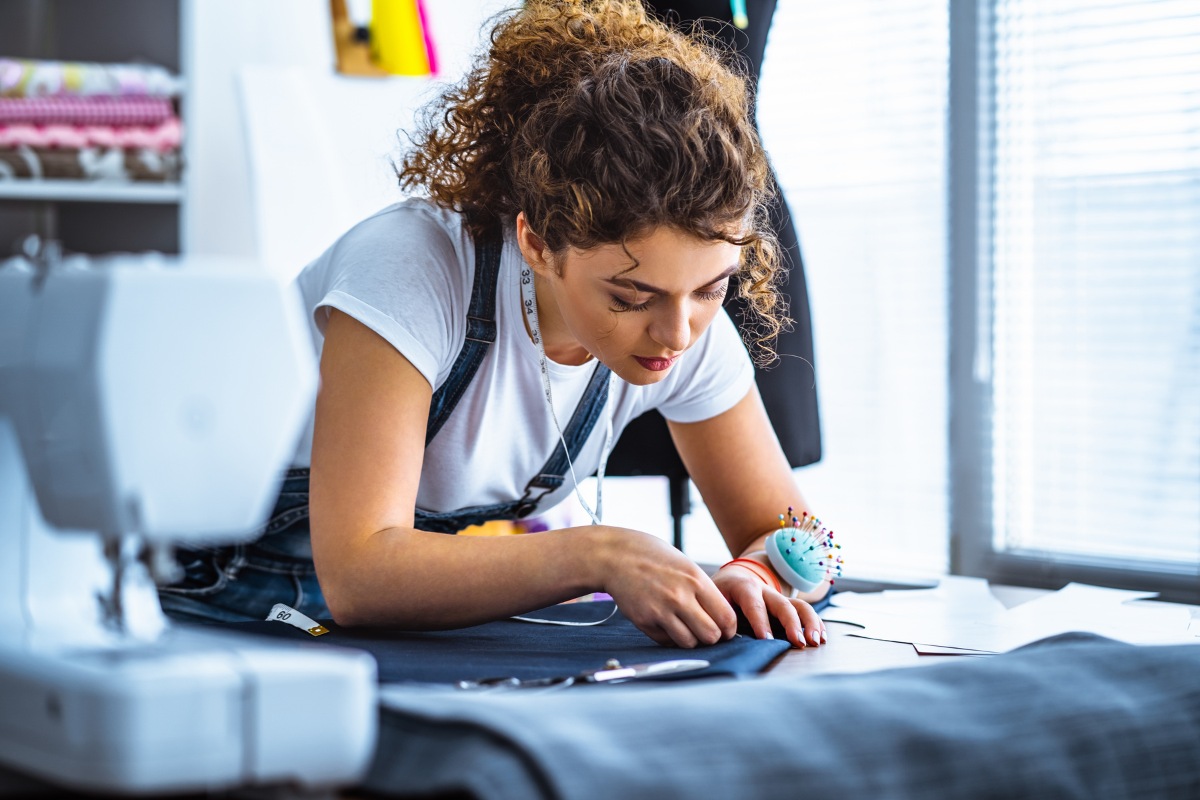
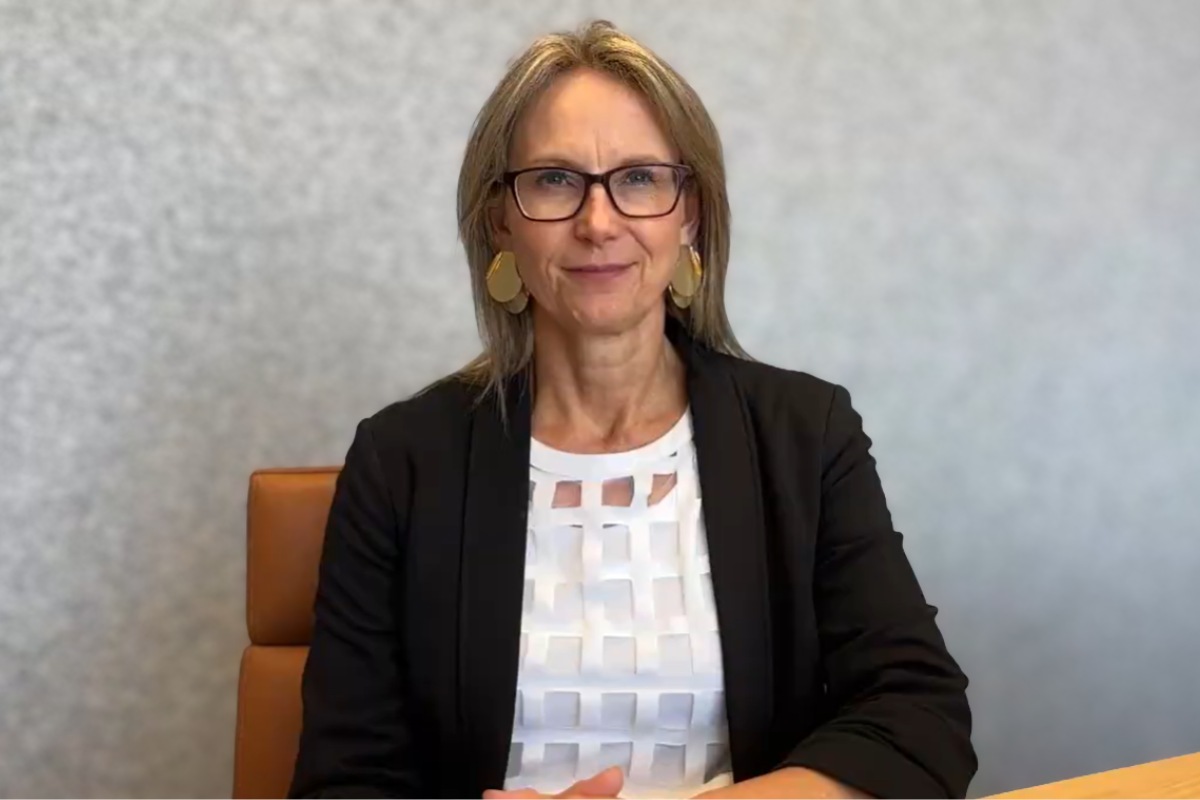
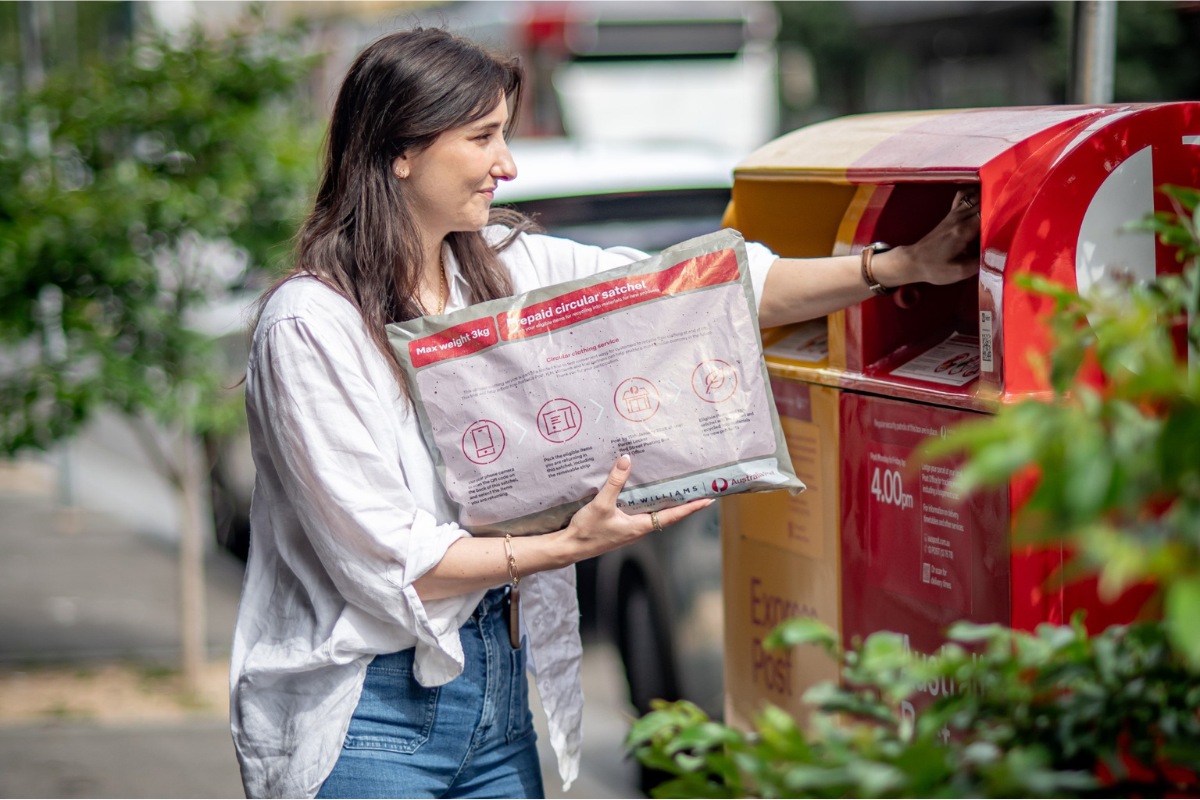
.jpg)
